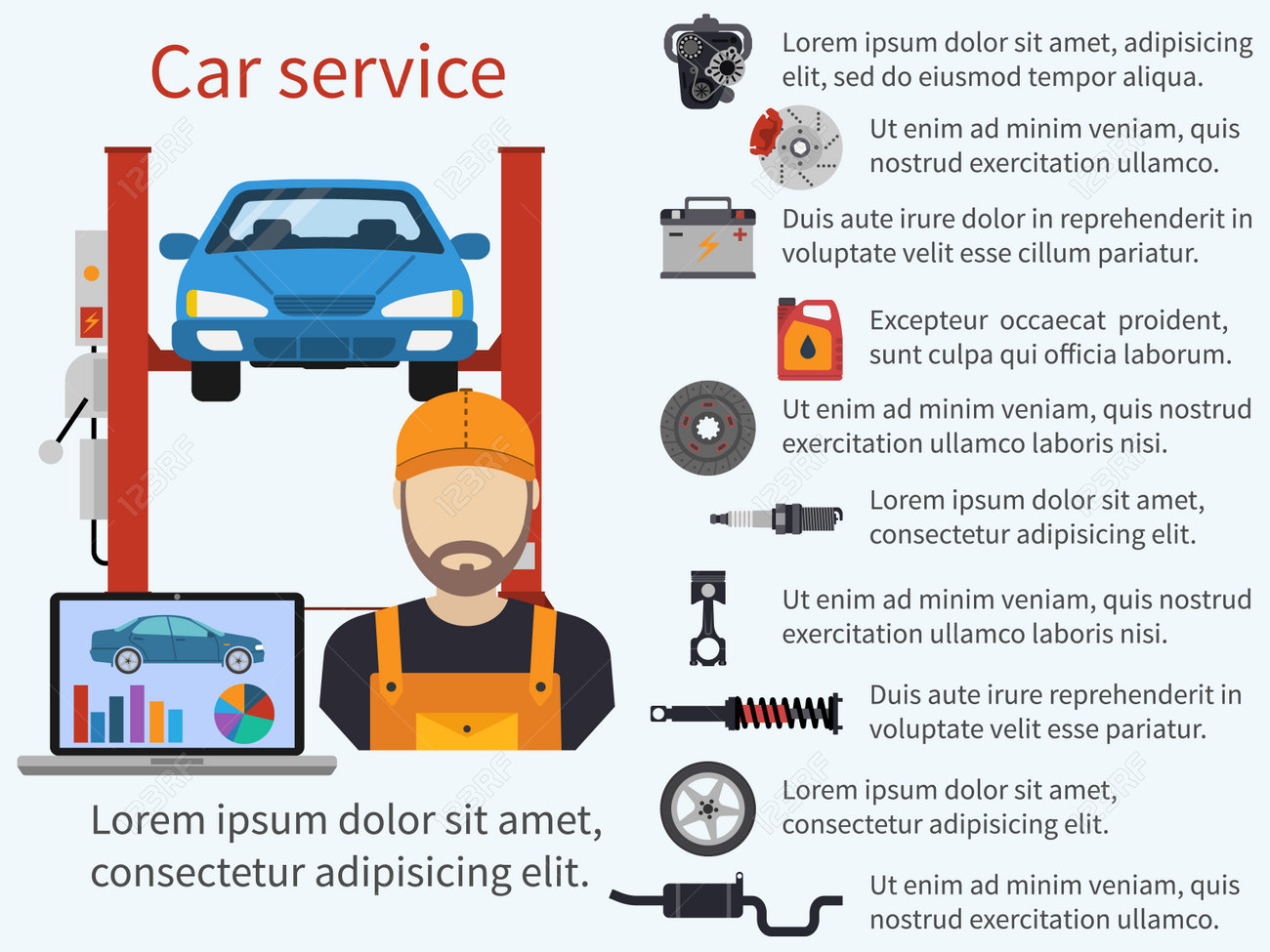Seeking Quality On The Caution Lights Displayed On Your Vehicle'S Control Panel? Learn How They Associate With Your Automobile'S Health And Safety
Seeking Quality On The Caution Lights Displayed On Your Vehicle'S Control Panel? Learn How They Associate With Your Automobile'S Health And Safety
Blog Article
Material By-Sykes Corbett
When you're behind the wheel, those radiant caution lights on your dashboard can be a bit complicated. Do you understand what they're attempting to inform you regarding your vehicle's wellness? Comprehending the significance of these lights is vital for your security and the long life of your vehicle. So, the next time one of those lights pops up, would not you intend to analyze its message properly and take the needed steps to resolve it?
Common Caution Lights and Interpretations
Determine usual warning lights in your car and understand their meanings to guarantee safe driving.
One of the most normal caution lights include the check engine light, which signals problems with the engine or discharges system. If this light comes on, it's critical to have your car inspected quickly.
The oil stress advising light indicates low oil pressure, needing prompt interest to stop engine damages.
A blinking battery light might recommend a malfunctioning charging system, potentially leaving you stranded if not dealt with.
The tire pressure tracking system (TPMS) light alerts you to low tire stress, impacting automobile security and fuel efficiency. Disregarding this can lead to risky driving problems.
The abdominal muscle light suggests a trouble with the anti-lock braking system, endangering your capacity to quit rapidly in emergencies.
Last but not least, the coolant temperature level warning light warns of engine getting too hot, which can result in serious damages if not resolved promptly.
Understanding these usual caution lights will aid you attend to concerns quickly and keep risk-free driving problems.
Importance of Prompt Interest
Understanding the typical warning lights in your vehicle is only the initial step; the value of immediately addressing these warnings can't be highlighted sufficient to ensure your security when driving.
When a warning light illuminates on your control panel, it's your car's method of interacting a prospective concern that needs focus. Neglecting https://tysonysmga.wizzardsblog.com/32059047/how-mobile-cars-and-truck-outlining-solutions-can-conserve-you-money-and-time can lead to a lot more severe problems in the future, endangering your safety and potentially costing you much more in repairs.
Motivate attention to alerting lights can protect against malfunctions and accidents. For instance, a blinking check engine light might suggest a misfire that, if left ignored, can cause damage to the catalytic converter. Addressing this without delay can save you from an expensive fixing.
Likewise, a brake system cautioning light may signal reduced brake liquid or worn brake pads, vital elements for your safety when driving.
DIY Troubleshooting Tips
If you observe a warning light on your control panel, there are a couple of DIY repairing pointers you can try prior to seeking professional help.
The very first step is to consult your auto's manual to understand what the specific warning light shows. Occasionally the problem can be as basic as a loosened gas cap activating the check engine light. Tightening the gas cap may fix the issue.
One more common concern is a low battery, which can activate various cautioning lights. Inspecting car seat cleaning for rust and ensuring they're secure could take care of the problem.
If a warning light persists, you can try resetting it by separating the automobile's battery for a few minutes and afterwards reconnecting it. Additionally, inspecting your vehicle's liquid degrees, such as oil, coolant, and brake fluid, can assist repair cautioning lights related to these systems.
Conclusion
Finally, recognizing your automobile's warning lights is essential for keeping your vehicle running smoothly and securely. By without delay dealing with these alerts and knowing what they suggest, you can avoid expensive repair work and potential breakdowns.
Bear in mind to consult your vehicle's guidebook for particular information on each advising light and take action appropriately to guarantee a hassle-free driving experience.
Remain educated, remain safe when driving!
